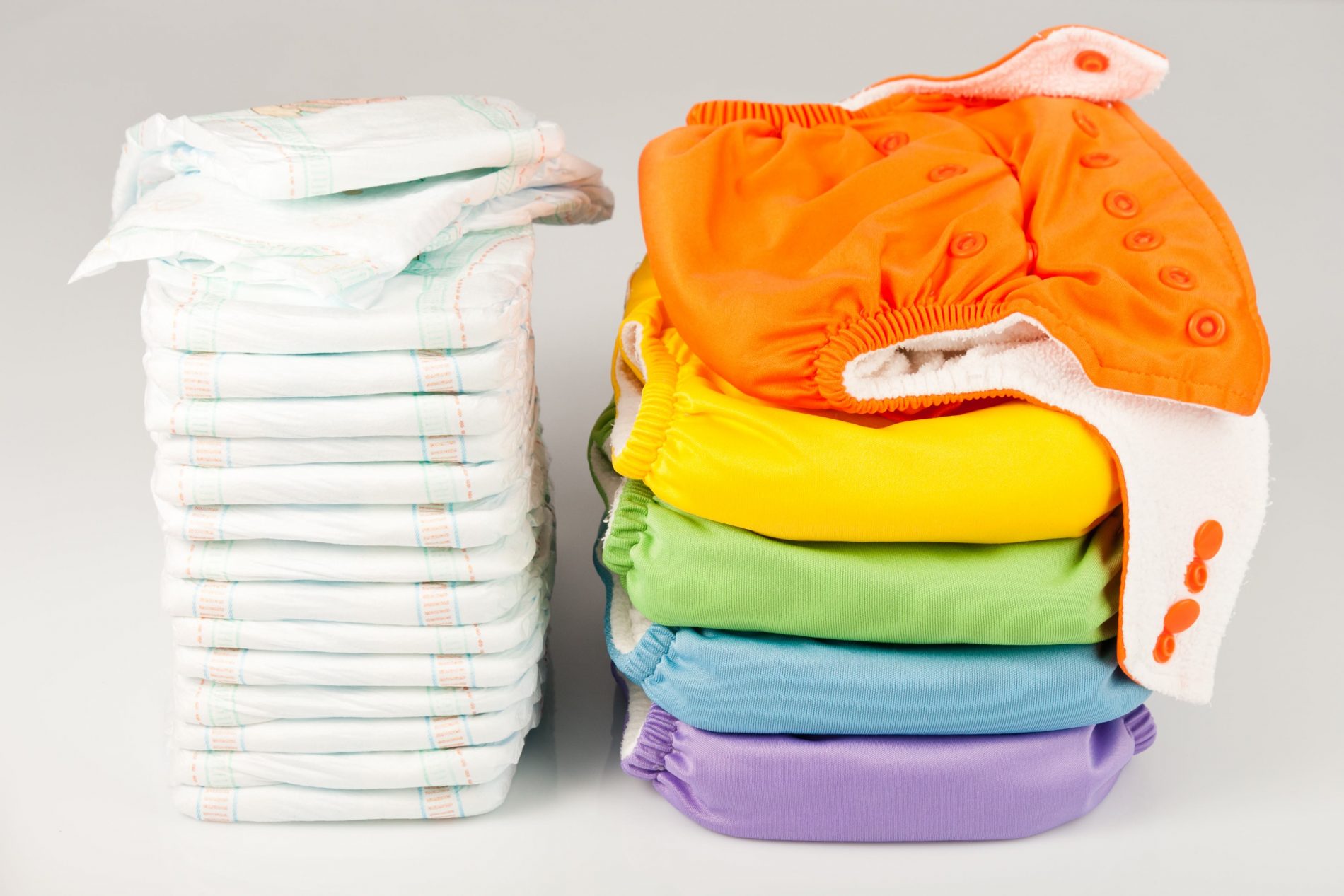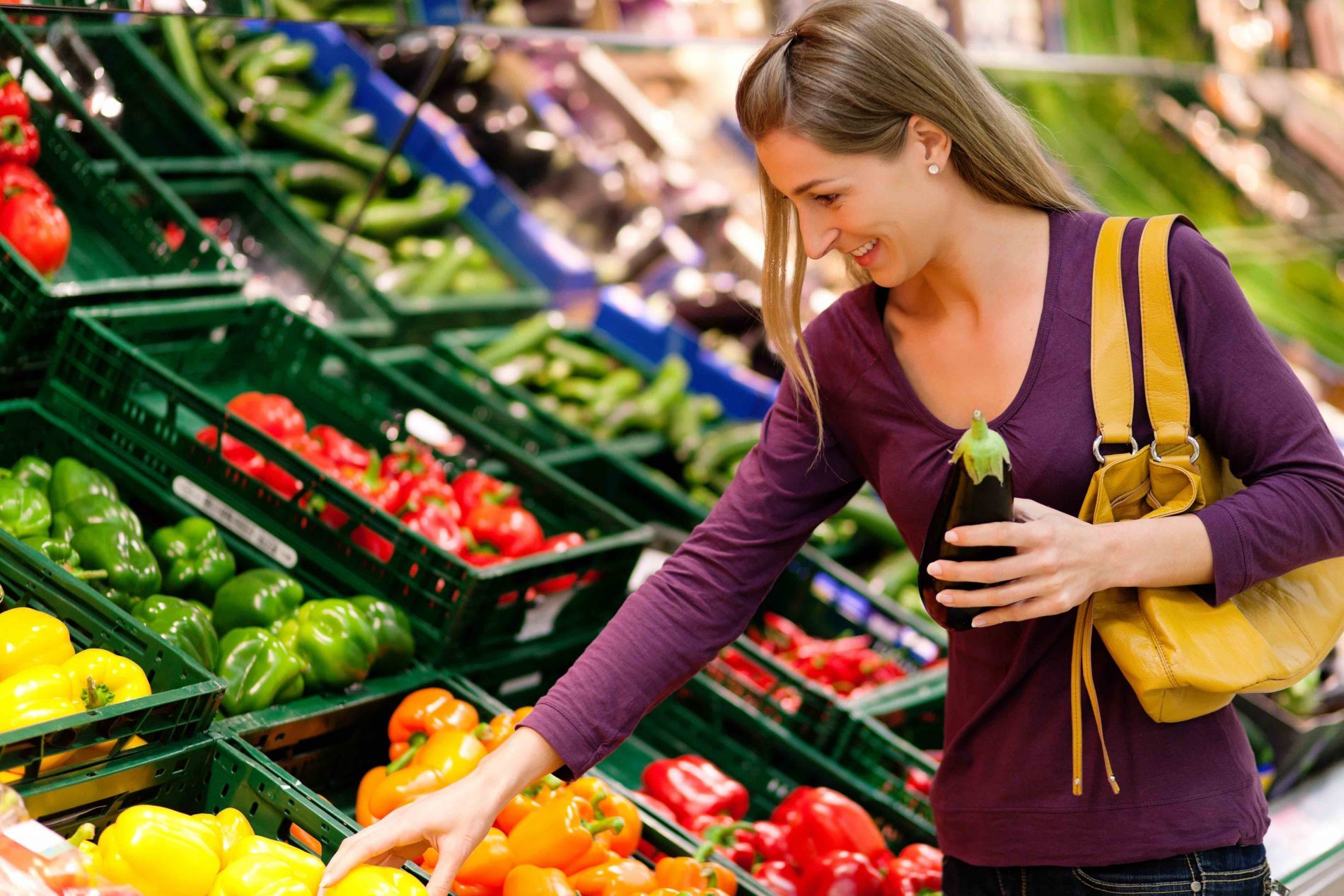We have to admit that becoming a parent comes with its fair share of new responsibilities and parents are presented with a plethora of decisions to make about how they plan to raise their children. Decisions include the birthing process, breastfeeding, introducing solid foods, diaper choices and everything in between.
Today, we will dive into the topic of diapers to help make this decision a little easier for you and your growing family. The average baby has 2500 diaper changes in their first year of life. Yes, you heard me right, TWO THOUSAND FIVE HUNDRED diaper changes, making this a huge investment in your child’s first year of life. Let’s have a look at the pros and cons of the three most common diaper options.
Disposable Diapers
The most obvious benefit of disposable diapers is the convenience factor. Dirty diapers are disposed of directly into the trash and there is no further thought or mess to consider.
In my opinion, the cons of disposable diapers far outweigh the convenience that they offer.
According to research done by the Real Diaper Association:
•136 kilograms of wood,
• 23 kilograms of petroleum and
• 9 kilograms of chlorine
are required to manufacture enough disposable diapers for one child for one year.
The use of petroleum and chorine products pose a significant risk to children as their delicate skin is in contact with these harmful materials, not to mention the incredible amount of wasted resources and the cost of purchasing these products.
Eco-friendly Disposable Diapers
Eco-friendly disposable diapers also present the issue of filling up our landfills with more waste, but due to their use of more environmentally friendly raw materials, the hazard to the environment and to our babies is less pronounced. Careful research still needs to be done before settling on a company that makes eco-friendly diapers. Just like any product that is labeled “natural” or “eco-friendly,” research and discretion is still required to make an informed decision because labels are often misleading and not entirely true on many products.
Cloth Diapers
The initial investment may seem daunting, but if you spread the cost out over the years that you’ll be purchasing disposable diapers, it ends up being a significant cost savings.
Cloth diapers can also be passed down to younger siblings, making the initial investment more justifiable.
The obvious benefit of cloth diapers is their lower impact on the environment because they aren’t being thrown away.
But the primary benefit of cloth diapers is the fact that they are usually produced with organic fabrics and do not contain harmful chemicals (like the disposable diapers have in their absorbent pads).
The drawback of cloth diapers is the fact that more time has to be invested by parents in the washing and drying of the diapers on a daily basis.
Regardless of how we slice it, there is going to be some form of environmental impact from the use of diapers. Disposable diapers will take years and years to degrade in a landfill and contribute to the amount of waste that is generated each year, while cloth diapers need to be washed and dried regularly, utilizing water and electricity. Your goal should be to choose what feels right to you as a parent, considering your lifestyle, values, and budget.
Jo-Anne Richardson has almost a decade of experience managing a chiropractic office and educating patients on how chiropractic can allow your body to express optimal health. She is a Registered Holistic Nutritionist and holds a Degree in Communications. She loves to experiment with raw vegan recipes, loves to salsa dance, travel and learn new holistic health information to share tips with everyone who visits the office.


